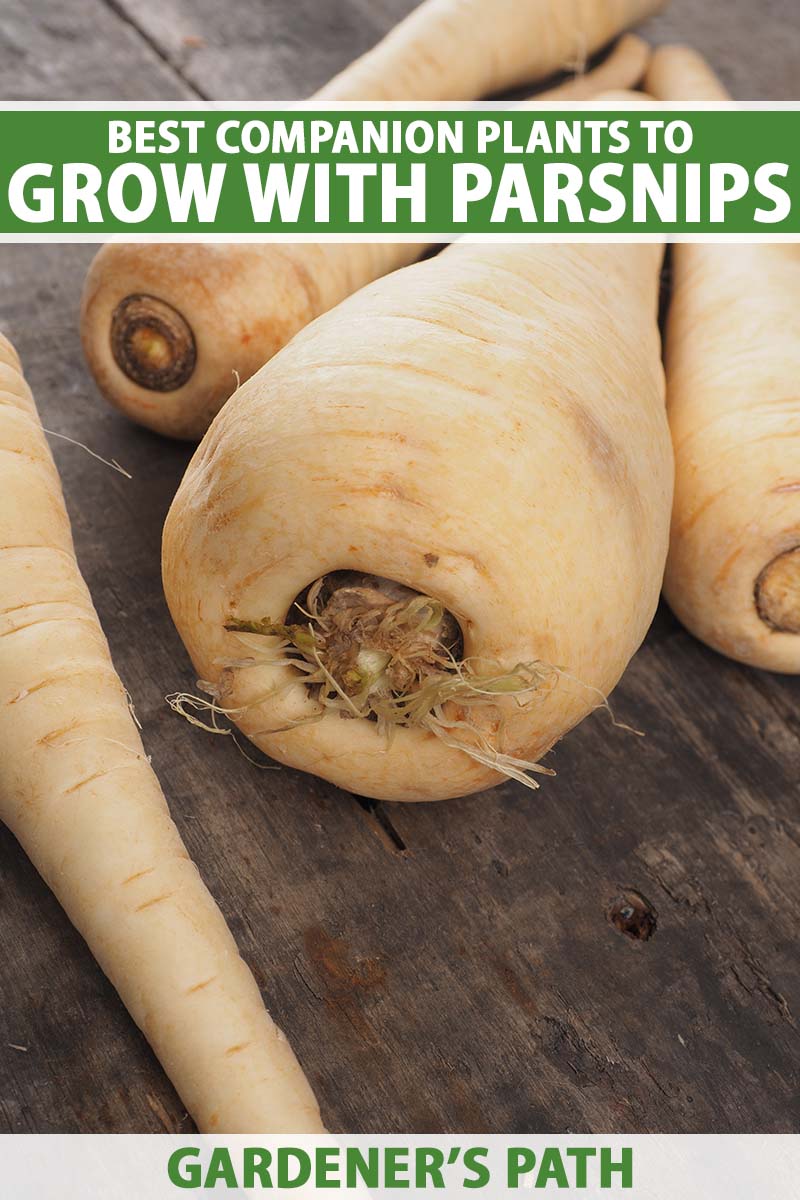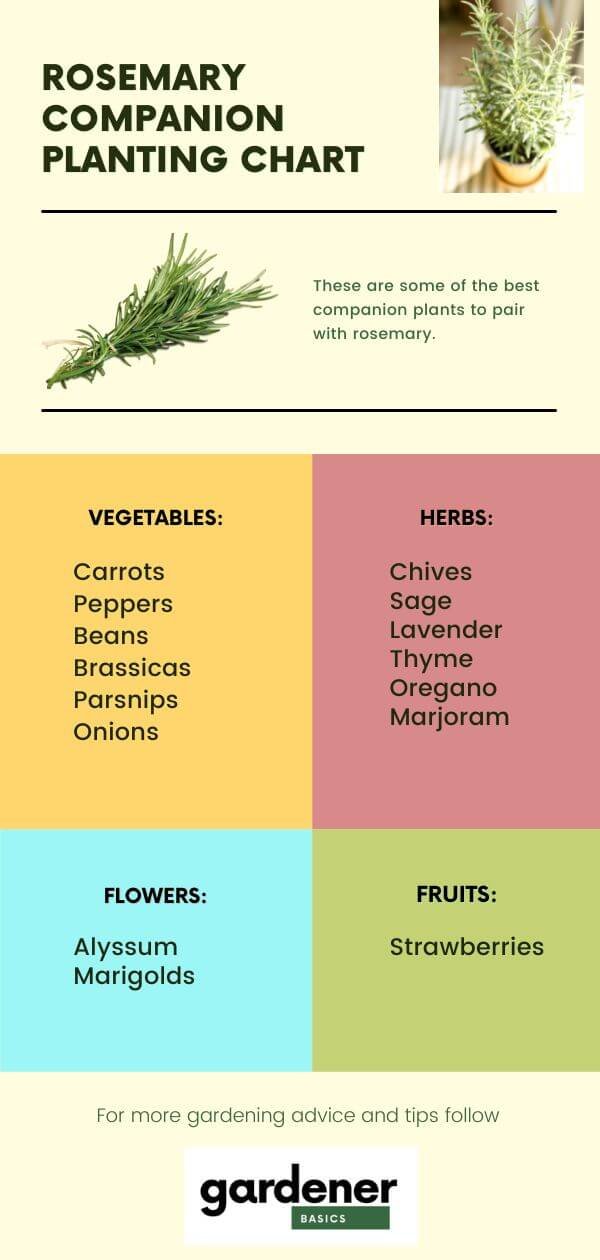The Best Companion Plants For Parsnips: Grow A Bountiful Harvest
Parsnips are a delicious and nutritious root vegetable that can be grown in many different climates. They are a member of the carrot family, and they have a long growing season. Parsnips are also relatively easy to grow, but they can be susceptible to certain pests and diseases.
One way to help protect your parsnips from pests and diseases is to plant them with companion plants. Companion planting is the practice of planting different types of plants together that benefit each other. There are many different companion plants that can be grown with parsnips, but some of the best include:
- Onions: Onions help to repel aphids, carrot root flies, and other pests. They also help to improve the flavor of parsnips.
- Garlic: Garlic is another great companion plant for parsnips. It helps to repel pests, and it also helps to improve the flavor of parsnips.
- Radishes: Radishes are a fast-growing crop that can be planted as a row marker for parsnips. They also help to improve the soil quality, and they can help to deter pests.
- Lettuce: Lettuce is a good companion plant for parsnips because it doesn't compete for nutrients or water. It also helps to shade the soil, which can help to prevent weeds from growing.
- Bush beans: Bush beans are a nitrogen-fixing crop, which means that they can help to improve the nitrogen content of the soil. This can benefit parsnips, as they need a lot of nitrogen to grow.
In addition to these companion plants, there are a few other plants that should not be planted near parsnips. These include carrots, parsley, and fennel. These plants are all members of the carrot family, and they are susceptible to the same pests and diseases.
By planting the right companion plants with your parsnips, you can help to protect them from pests and diseases, improve their flavor, and boost their yield.
Parsnips are a delicious and nutritious root vegetable that can be grown in many different climates. They are also relatively easy to care for, making them a great choice for beginner gardeners.
One of the best ways to ensure a successful parsnip harvest is to plant them with companion plants. Companion plants are those that benefit each other when they are grown together. For parsnips, some of the best companion plants include:
- Onions: Onions help to repel pests such as aphids and carrot root flies.
- Garlic: Garlic also helps to repel pests, and it also helps to improve the flavor of parsnips.
- Radishes: Radishes help to break up the soil, which makes it easier for parsnips to grow.
- Lettuce: Lettuce helps to shade the soil, which can help to prevent parsnips from bolting.
For more information about companion planting parsnips, please visit Home Gardening.
FAQ of companion planting parsnips
What are some good companion plants for parsnips?
Some good companion plants for parsnips include:
- Onions: Onions help to repel aphids, ants, and flea beetles, which are common pests of parsnips.
- Garlic: Garlic also helps to repel pests, and it also helps to improve the flavor of parsnips.
- Lettuce: Lettuce helps to suppress weeds, and it also provides shade for the parsnip roots, which can help to prevent them from greening.
- Radishes: Radishes are a fast-growing crop that can be planted between parsnips. The radishes will be harvested long before the parsnips need the space, and they will also help to break up the soil and improve drainage.
- Beans: Beans are a nitrogen-fixing crop, which means that they can help to improve the nitrogen levels in the soil. This can benefit parsnips, as they need a lot of nitrogen to grow well.
What are some plants that should not be planted near parsnips?
Some plants that should not be planted near parsnips include:
- Carrots: Carrots and parsnips are both susceptible to the carrot fly, so planting them together can increase the risk of infestation.
- Celery: Celery is also susceptible to the carrot fly, so it should not be planted near parsnips.
- Parsley: Parsley is related to carrots and celery, so it is also susceptible to the carrot fly.
- Fennel: Fennel is another plant that is susceptible to the carrot fly.
How can I use companion planting to improve my parsnip harvest?
By planting parsnips with compatible companion plants, you can help to improve your harvest in a number of ways. Companion plants can help to:
- Attract beneficial insects: Some companion plants, such as marigolds and nasturtiums, attract beneficial insects that help to control pests.
- Repel pests: Other companion plants, such as onions and garlic, help to repel pests.
- Improve soil health: Some companion plants, such as beans and peas, are nitrogen-fixing crops, which means that they can help to improve the nitrogen levels in the soil.
- Suppress weeds: Some companion plants, such as lettuce and radishes, help to suppress weeds.
Image of companion planting parsnips
Beans are nitrogen-fixing plants, which means they can help to improve the soil quality for parsnips. They also help to deter pests, such as aphids and bean beetles.
Carrots and parsnips have similar growing requirements, so they can be planted together. They also help to deter each other's pests.
Garlic is a natural pest repellent, so it can help to protect parsnips from aphids, carrot rust fly, and other pests.
Lettuce helps to suppress weeds, which can help to keep the soil around parsnips free of competition. It also helps to attract beneficial insects, such as ladybugs and hoverflies.
Onions help to repel root knot nematodes, which can be a serious pest for parsnips. They also help to improve the flavor of parsnips.
Oregano is a natural insect repellent, so it can help to protect parsnips from pests. It also helps to improve the flavor of parsnips.
Radishes are quick-growing crops, so they can be planted as a trap crop to attract pests away from parsnips. They also help to loosen the soil, which can benefit parsnips.
Rosemary is a natural insect repellent, so it can help to protect parsnips from pests. It also helps to improve the flavor of parsnips.
Spinach helps to suppress weeds, which can help to keep the soil around parsnips free of competition. It also helps to attract beneficial insects, such as ladybugs and hoverflies.
Thyme is a natural insect repellent, so it can help to protect parsnips from pests. It also helps to improve the flavor of parsnips.




Post a Comment for "The Best Companion Plants For Parsnips: Grow A Bountiful Harvest"